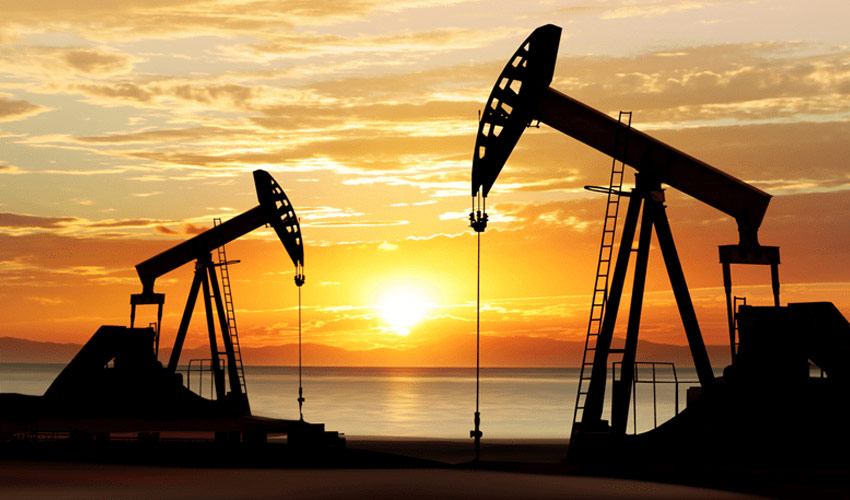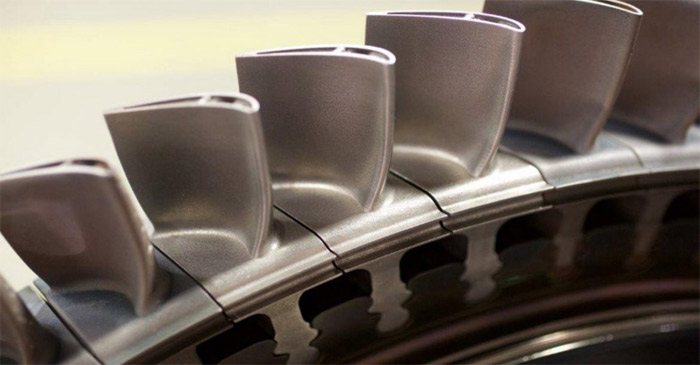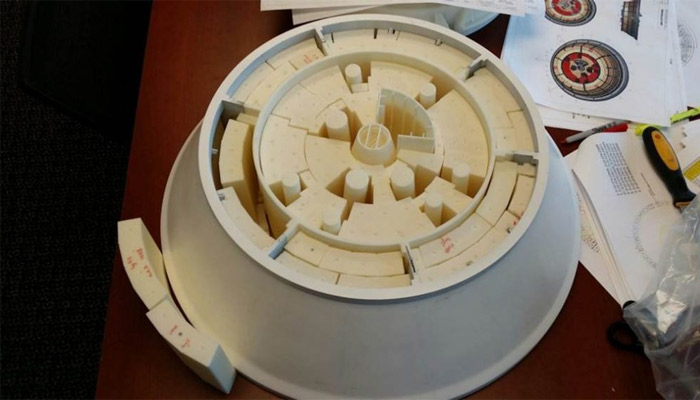Additive manufacturing is gradually growing in the Oil industry

The consulting firm GlobalData recently published a study on additive manufacturing in the Oil & Gas industry, which reveals that the sector is expected to reach $32 billion worldwide by 2025, and over $60 billion by 2030. These are very encouraging forecasts for an industry that turned to 3D printing technologies very early on, despite a rather slow adoption rate. The report states that the development of metal 3D printing is feeding innovation for players of this market – usually dominated by polymers.
The Oil industry covers a wide spectrum of activities, from exploration to energy storage, drilling, extraction, distribution and refining. All these activities involve certain requirements, in terms of safety, environment, hygiene, etc., prompting the players in the sector to propose appropriate solutions. Additive manufacturing could be part of the answer. Ravindra Puranik, Oil & Gas analyst at GlobalData, says: “Due to stricter environmental standards, volatile oil prices and ever-increasing competition, companies are increasingly interested in designing complex equipment to achieve operational efficiency. The ability to produce complex components that would otherwise be impossible to manufacture with conventional processes makes 3D printing an essential technology.”

3D printed turbine blades | Credits: Siemens
Why is the Oil industry turning to additive manufacturing?
According to the report, the main benefit of 3D printing is the reduction in the time it takes to produce complex prototypes. 3D printing was quickly used for prototyping in this industry, mainly using polymers. It should be added that the development of high-performance thermoplastics is particularly appreciated by this market because they are materials that have a high chemical resistance, but also heat resistance and great strength. The study points out that metal additive manufacturing has greatly contributed to market growth – for some applications, it is a more relevant technology. In particular, it’s used to design functional products as components of complex machines. Thanks to 3D printing, innovative shapes and complex geometries can be obtained with fewer parts, thus reducing assembly time, improving performance and reducing emissions.

3D printed prototype containing hundreds of solid foam blocks that keep it floating in the water | Credits Shell Global
Such as Shell’s deepest Oil and Gas project, the Stones, located in the Gulf of Mexico at a depth of 2,900 metres. The team used 3D printing during the design phase to develop prototypes of the detachable system to connect an unloading vessel (FPSO) to pipelines on the seabed, to ensure safety and avoid planning delays. This prototype allowed them to demonstrate the system to the American authorities, who had to approve its use for the first time in the region.
The study also reveals that additive manufacturing is particularly appreciated in the creation of spare parts to reduce stocks and facilitate transport operations. Ravindra Puranik explains: “The lengthy spare parts procurement processes often require oil and gas companies to maintain extraordinarily high inventory levels, resulting in storage costs. 3D printing technology can solve this problem by allowing companies to manufacture parts as needed.” This is a benefit found in other industries such as the automotive industry, where car models are evolving rapidly. You can find more information HERE.
What do you think of the opportunities additive manufacturing offers for the Oil & Gas industry? Let us know in a comment below or on our Facebook and Twitter pages! Sign up for our free weekly Newsletter to receive all of the latest news about 3D printing straight to your inbox!






